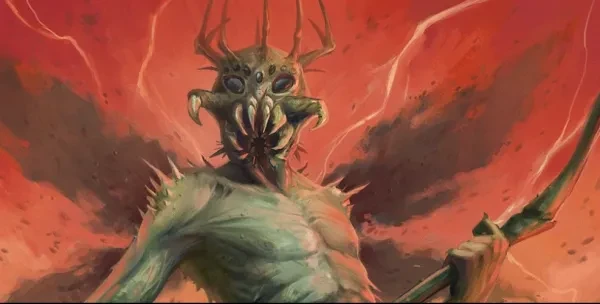
Pathfinder sets itself up well to have many different types of adventures. Most of these will be action-oriented, even the ones that emphasize horror more. However, if your party wants to have a more horror-oriented adventure in the Pathfinder universe, there are some tweaks you can add. Worth noting that some of these can be triggers so be sure to discuss things with your party before doing a full horror campaign
15. Make the monsters slightly stronger and emphasize escaping
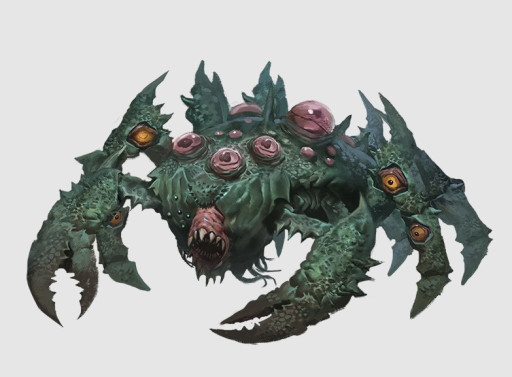
Most fantasy games are power fantasies. The party goes from a ragtag group with barely functional equipment at the beginning to being able to challenge gods near the end. And the monsters are right at their level so the party can stand up to them in a direct confrontation.
In contrast, horror is about powerlessness. What makes horror media horrifying is that the protagonist can’t take on the monster pursuing them in a direct confrontation. Instead of being superhuman (or super-any other race), they’re average people trying to stand against the forces of nature.
A GM of a horror campaign should make the monsters slightly stronger. Not so strong that they can one-shot a character instantly in the first encounter but enough so that winning a fight by escaping, driving a threat back, and indirect confrontation are more viable options. Since there will naturally be less killing, you should increase EXP for things like skill checks, puzzle solving, and solving more of the mystery.
How it works:
- The monsters are stronger via templates, stronger armor, or other factors.
- GM should encourage other win conditions like escaping or indirect confrontation (emphasizing trap crafting for example).
- Since there will be less killing, there should be other ways for characters to gain power so winning is not impossible.
14. Antagonist plays a more active role
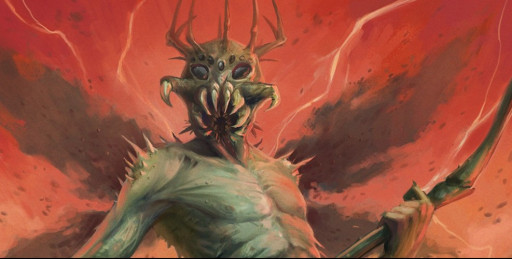
Fantasy adventures work well with a wheels-within-wheels antagonist. To get to the actual antagonist of a fantasy adventure, the party must often first deal with a bunch of pawns on the board that the actual antagonist has been manipulating from behind the scenes. This is often different from the modus operandi of a horror antagonist. In most horror media, the main monster doesn’t sit on his throne and wait for the protagonist to get to them. A horror antagonist is a direct threat that can show up at any time.
And this can be the case for a horror adventure as well. A horror monster wouldn’t wait around for the party to find them. They’d attack, often at random times. Granted they’d probably be at less than full power for some story reason like a special ritual not being completed.
However, the primary goal would be escaping or driving him back. Usually by solving a puzzle to trap or banish him temporarily. but killing him would be out of the question. There might be a tutorial NPC that can deal with the antagonist to weaken him the first time, often at the cost of their own life, but the party won’t win in a direct confrontation until the end.
How it works:
The antagonist is a more direct player. Often attacking the party at random points.
The antagonist is strong enough that direct confrontation will not work but weak enough that the party can survive if they choose to flee or trapping them.
Any victory over the main antagonist is temporary and he’ll reappear later, regaining some power (but how much can depend on the party’s actions).
13. Enforce some of the rules more strictly
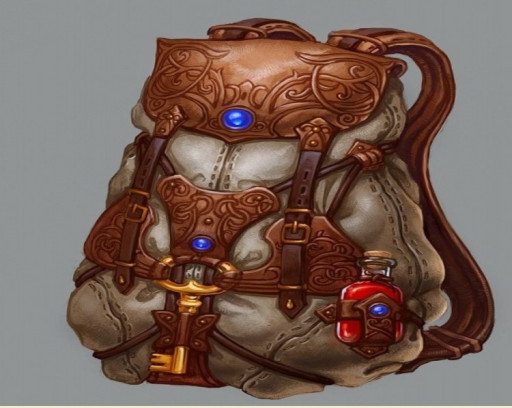
Credit: Epic Path
If we’re all honest, GMs have handwaved certain rules for convenience’s sake. We’ll say that the party found food during the night. That the 3000 gold’s worth of treasure in the castle doesn’t have much weight. After all, an average Pathfinder session takes about four hours (particularly in public places) so certain things have to be left on the cutting room floor to save time.
However, for a horror game, there’s a lot less room for handwaving. Part of horror is strategic decision-making. The party will have to make trade-offs.
So things like weight limits will have to be enforced more strictly. The casters will have to keep track of their spell components. And weapon and armor durability will have to come into play too.
How it works:
- Look at the rules GMs often handwave
- Start enforcing them
- This makes the party have to make more strategic decisions and adds to the tense atmosphere
12. Fewer places to rest to encourage resource conservation
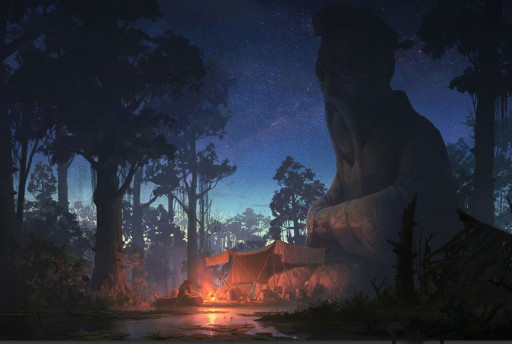
Credit dndspeak.com
One of the key things in a horror game is resource conservation. Sometimes you can go into an area and get new resources. Other times a new area is a net negative with fights that consume resources.
Pathfinders often rely on resting to get back certain resources like spells and uses of abilities. In a horror campaign, these should be restricted or come at a price. For example, a rest area may have to be cleared of monsters, which can consume more resources. Or resting outside of a town can have a price like corruption.
This creates a lot of strategy and forces players to ask tough questions. Which fights should be picked? Which should be avoided? Should I use spells? GMs can increase the stakes by informing the party a monster has a magical item.
How it works
- Limit rest areas. A party has to make it to designated areas to rest and recover.
- If a party wants to rest outside the designated areas, there would be negative consequences like corruption.
- To encourage the party to take risks and try a few fights, allow them to identify magic items used by monsters.
11. Add a couple of extra stats to increase tension. (Sanity, Trauma, etc.)
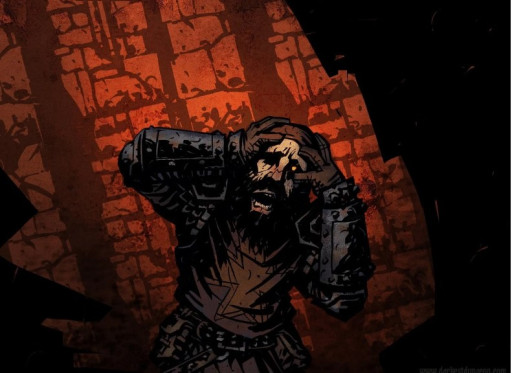
Credit: Renderr’s DnD Resource
What makes horror horrifying is often its realism. You can increase the realism factor in your game by adding a sanity or trauma stat. Fighting off the undead, cults, or cosmic horror, in general, can be a drain on the psyche.
This can go along with the HP meter. Usually, this would go along with the Wisdom stat the way HP is influenced by Constitution. Maybe you can create some feats and traits or items to increase this secondary meter.
Things can increase/decrease the trauma meter. Things like resting on some form of Holy Ground can decrease it, Having to kill a human or encountering a cosmic horror can increase the trauma meter. As the trauma meter increases, there can be negative effects up to and including permanent insanity.
How it works:
- A trauma meter goes under the HP meter.
- The trauma meter is determined by wisdom stat.
- Various things can increase/decrease the trauma meter at GM’s discretion
- A full trauma meter means the character is functionally dead.
10. Bugs and worms
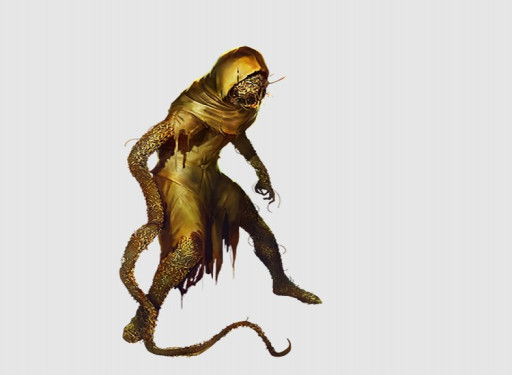
Bugs are one of the things that people often instinctively fear. Some of them are venomous. Some of them are just gross to many people. There are easy ways to incorporate them into a campaign.
There are all sorts of bug swarms at low levels. Many of them have poison or other abilities. There are plenty of giant bugs too. You can also have cults devoted to diseases and bugs.
For high-level horror, consider unleashing a Worm that Walks. This wizard is an insane cultist. They’re also really hard to kill and can increase the trauma meter.
Use various bug monsters.
- Make them more poisonous. Add cultists.
- Continue increasing the difficulty of bugs.
- Use Worm That Walks
9. Animalistic Horror
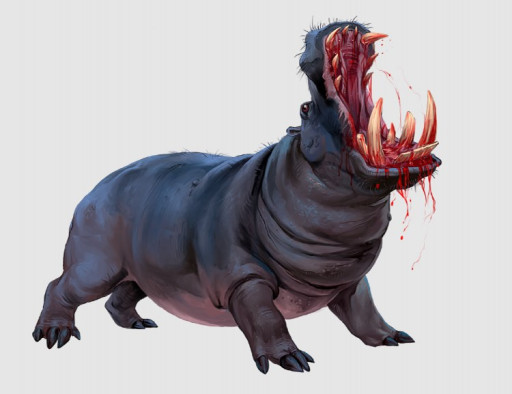
Animals can be considered a source of horror particularly in the jungle. This is particularly true in horror campaigns where resources and rest areas are more scarce. Even a normal wolf pack can raise tension since they don’t drop any resources.
The fact that many of these animals will be stronger makes them all the more terrifying. But there are ways to make them worse. Consider making them maneaters for example.
You should also add things like undead templates or other forms of supernatural corruption. This makes them stronger and reinforces the setting of the campaign. This can also add a sense of mystery. The zombie animals have to come from somewhere.
How it works:
- Have animals actively attack the party
- Make sure that they rarely have resources so there’s tension in the party
- Add maneater or corruption properties
8. Town with Dark Secrets
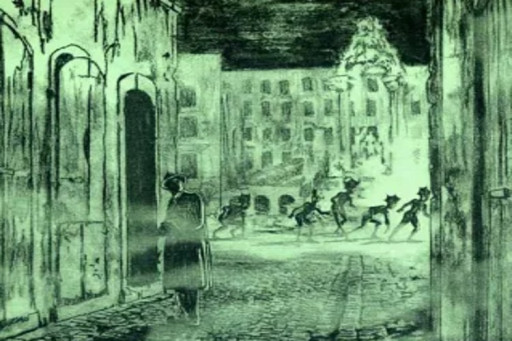
Image by Neko Pilarcik-Tellez
Towns with dark secrets have been a staple of the horror genre since horror was invented. There can be many different dark secrets. So it gives you some freedom as a GM.
When the party walks into a town with a dark secret, the best thing to do is create vibes. The party doesn’t know what it is, but they can tell there is something wrong with the town. Maybe the food is weird. Maybe they’re a little too comfortable with the random horrifying things happening.
This idea is more of a mystery. The party will have to navigate the mystery and solve it. This can lead to a lot of good non-combat encounters. Depending on the secret, there could be combat or increased trauma.
How it works:
- The party walks into town and discovers something is wrong.
- Party tries to solve the mystery often with puzzles, diplomacy checks, or intimidation.
- The mystery gets resolved, often by confronting the source of the secret,
7. Cults particularly ones dedicated to human sacrifice
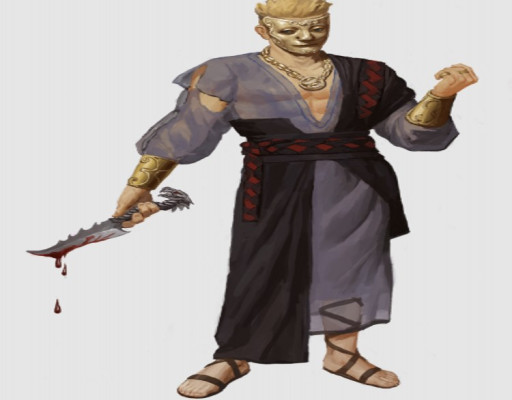
When dealing with cosmic horror, particularly Lovecraft mythos, there will be cults. Cults are often horrifying because they believe in their deities so strongly, they’re willing to do anything. This can be pretty horrifying on its own.
Couple that with violent beliefs and you have a recipe for an increased trauma meter. Cultists of evil deities tend to do things like sacrifice humans. And usually. the party, or an NPC they’re trying to rescue is on the menu.
This pairs well with towns with dark secrets. Usually, the cult is often the main problem. Sometimes, NPCs will tolerate the dark secret because they don’t want to be sacrificed or mutated. So it’s up to the party to set things right.
How it works:
- Party discovers the source of the problem, be it a town with a dark secret or corrupted animals is a cult.
- Party confronts cult
- During the confrontation, there may be some increase in trauma.
6. Faceless Stalkers
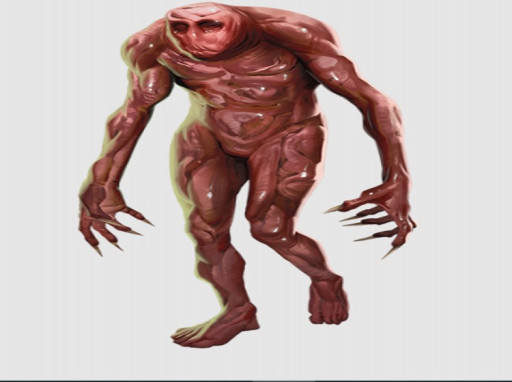
One element of horror is paranoia. You never know what’s around the next corner. And you never know if that kind of tutorial NPC is all that she says she is.
Faceless stalkers are monsters that can be splashed into horror campaigns. They’re shapeshifters who try to take over towns bit by bit. Often they start with leaders first. Which can lead the party to take actions against their interests.
Realizing that they’ve been played is one thing. Going on the rescue mission can be the hard part. The party will be exposed to something that can increase the trauma meter.
How it works:
- A group of faceless stalkers has infiltrated the town.
- Usually, they replace leaders, including the helpful NPC the party takes directions from. Directions are often bad.
- Party has to go on a rescue mission and get exposed to dark magic in the process
5. Prosperity at a price
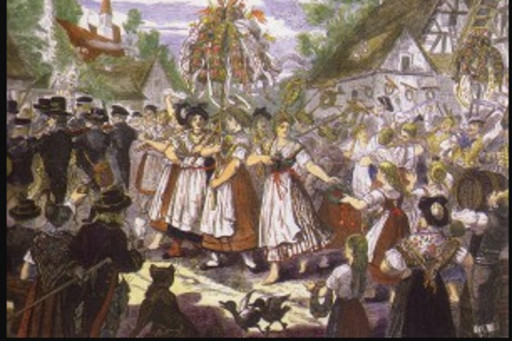
If it’s too good to be true, it probably is. A subset of the town with a dark secret, these seemingly idyllic towns have everything going for them. They have wealth, food, and none of the other problems that plague towns in fantasy settings.
Everything in the town should look great on the surface. But when the party starts digging deeper, they should learn that the seemingly prosperous town is paying the price. What that price is is up to you.
Common prices include human sacrifice or swearing allegiance to something evil. There can also be a lot of ethical questions. Perhaps that town’s culture doesn’t mind the sacrifices they have to make. It can be a horrifying dilemma.
How it works
- The party goes to an idyllic town
- Things seem perfect but there is a price.
- The price may be horrifying but the party may have to deal with people who are willing to pay the price. Particularly if they can use the party to pay the price.
4. Invisible Assailants
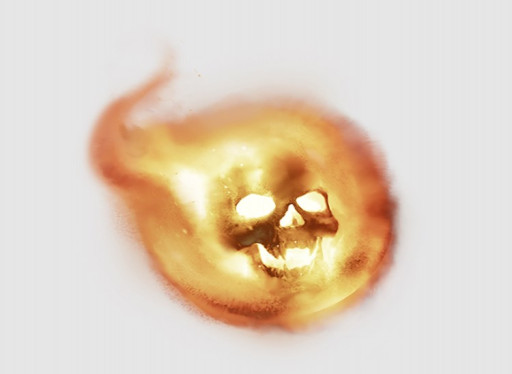
Another way to induce paranoia is with invisible assailants. Will-o’-Wisps are a great example. They can attack the party at any time. Often with devastating attacks.
What makes invisible assailants troublesome in a horror game is that fights with opponents that can cast invisibility can be extended. When fights take longer in games where resources and rest areas are scarce. This also means that the party has to factor these sorts of encounters in choosing feats and spells.
Invisible assailants come in many varieties and encounters. Sometimes, they’ll sneak up on the party in the woods. Other times they’ll flip their invisibility on and off during battle. Either way, these fights can be brutal.
How it works:
- Have a monster or human with the ability to sneak up on the party
- Or have them use invisibility in battle.
- The party will expend resources fighting them.
3. The Undead
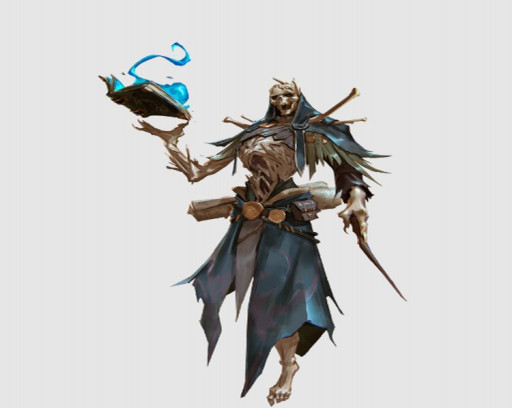
The undead are a classic horror staple. And luckily, there are a large variety of undead in the Pathfinder universe. Some are about as ineffectual as Goombas from Mario games. But others can be quite terrifying.
Some, like the ghouls can spread diseases. Others can spread their curse of undeath. More intelligent undead creatures like liches have powerful magic.
The undead can either come in large numbers or a really massive undead creature. Sometimes, the undead can be a corrupted creature with undead traits. There are other undead creatures that can serve as bosses. And some cultists can be dedicated to spreading undeath.
How it works
- The GM uses various undead creatures in combat scenarios.
- Many of them can spread their curses.
- There can be undead of varying shapes and sizes and cultists
2. Body horror
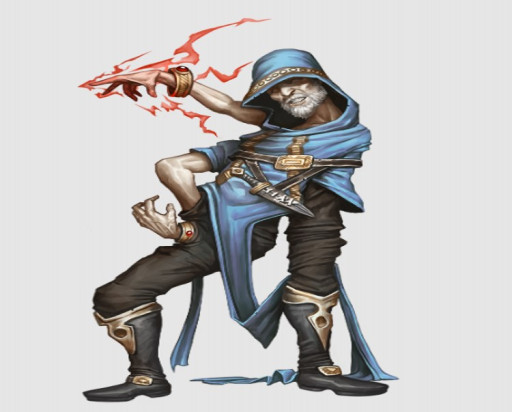
One of the major types of horror is body horror. People can forcibly have their body parts mutated or see other people be mutated. What’s often just as horrifying is watching somebody willingly mutate themselves.
Body horror is often one of the most horrifying types because it violates physics and more importantly bodily autonomy. It also has a major gross-out factor. Imagine someone getting forcibly turned into a tentacle monster. And then being compelled to inflict body horror on other people. Sometimes, the body horror can occur in areas with heavy corruption.
There are various ways to introduce body horror. Some GMs will choose to use the undead for this to forcibly use undead-related diseases to melt the flesh off bones. Others will go into the well of Lovecraft for their body horror scenarios.
How it works:
- Have monsters and cultists use body horror of some sort, be it undeath or mutation.
- Sometimes body horror can occur in corrupted areas where magic can warp body parts.
- Sometimes body horror is affected by fortitude saves.
- Look to Lovecraft for ideas
1. Humans being real monsters
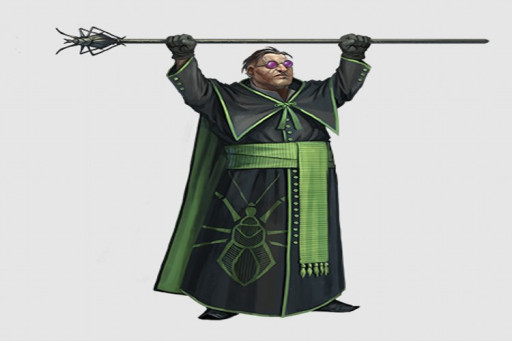
Despite many horror scenarios having inhuman monsters or the undead, many times humans can be just as terrifying. Even without cultists or magical corruption, humans can be monstrous. Some humans can be even more terrifying.
They can be corrupt leaders using their power to wreak havoc and cause chaos. These types of villains can be even more horrifying if they’re doing this under the guise of benevolence. They can be using existing government systems to perpetuate/inflict horror on people.
Alternatively, they can be killers killing for the heck of it. Some may be deranged and psychotic. Others can be methodical killers fully in their right mind. These can be the most horrifying of all,
How it works:
- The party encounters an evil human.
- The degree of outward evil depends on the situation.
- Uncovering more methodical villains will take more mystery-solving than combat.
